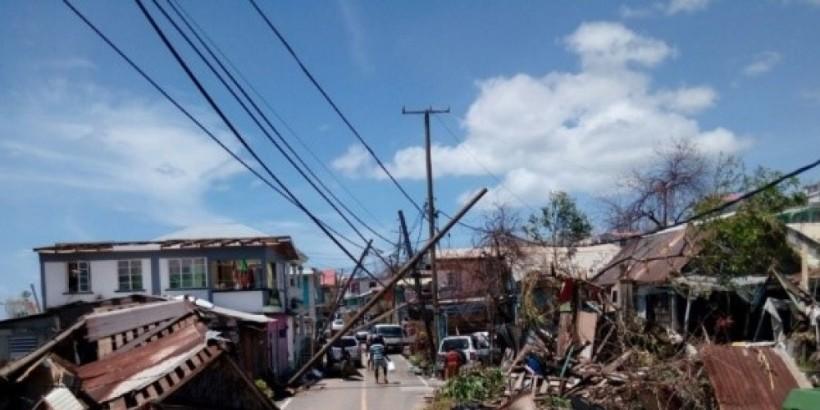Our blog
Featured Blogs
The blog was originally posted at the Centre for Disaster Protection. When the Centre for Disaster Protection convened the Crisis Lookout Coalition in January 2021, it challenged the international system, and the donors that sustain it, to ensure that, wherever possible, finances to pay for disasters are arranged in advance. Doing so could help reduce costly delays associated with the current model where most international aid is agreed and dispersed after a disaster has taken place. In December...
African countries are among those most vulnerable to natural disasters and the impacts of climate change. In a sample of 30 African countries, 20 are warming faster than the global average - a trend expected to continue in coming decades. As natural hazards increase in frequency and severity and climate impacts continue to evolve, African countries are likely to experience more—and more dangerous—shocks in the future. Every year Africa is affected by dozens of such disasters that vary in type...
Like many other good ideas, this one started on a paper napkin. Fifteen years ago, a World Bank team was in Jamaica to arrange emergency relief funding to cope with destruction of Hurricane Ivan. This disaster destroyed 6,000 houses and affected almost 400,000 people. In a restaurant in Kingston, we began brainstorming ideas for creating a lasting financial solution for rapid response in the inevitable event of future hurricanes or earthquakes. Back in 2005, disaster risk insurance relied on...
Extreme weather events are commonplace in the Democratic Republic of Congo (DRC). Agriculture is particularly vulnerable to extreme droughts and flooding — which are expected to increase in frequency and severity due to climate change. But planning and preparing for crises and disasters is difficult in DRC, as in many other developing countries, even for common risks such as weather hazards. Typically, managing agriculture sector risks and emergencies happens after the crisis hits. The World...
On September 10, 2004, Hurricane Ivan devastated Jamaica with its Category 4 winds and rain causing more than US$350 million in damages and taking the lives of 14 people. The scene is far too common, not only in Jamaica but more broadly in the Caribbean, a region notorious for its vulnerability to natural disasters. While governments are getting better at preparing for the economic and human impact of these storms, the ever more serious effects of climate change are making these threats...
With disasters a growing threat, insurance for countries trying to manage climate and disaster risk is becoming increasingly critical. While insight on what works – and what doesn’t – to build resilience is still limited, the experience of the Philippines shows how countries can improve their protection to disasters by working with international insurance markets. The Philippines is expected to incur, on average, $3.5 billion in asset losses each year from typhoons and earthquakes alone, and 74%...
Disasters by their nature present a shock but nonetheless their occurrence can be estimated, as has been done by the insurance industry for years. That is to say the consequences are not so unexpected. However, when trying to account for the implicit contingent liabilities, such as those generated by natural disasters, the impact of the shocks are often not quantified in the government balance sheet. Yet, when they materialize, they place pressure on government finances that may raise interest...












